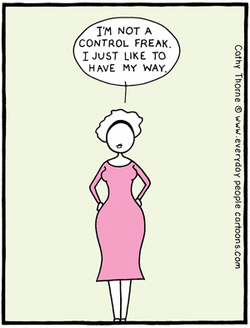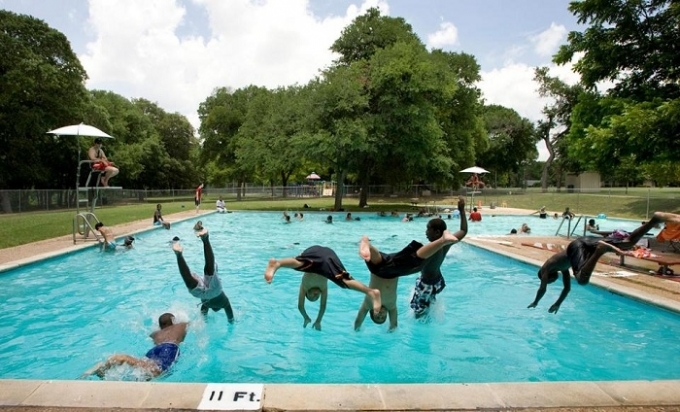Our daily lives are full of dangers, from driving our cars to cholesterol in our food. But how good are we really at assessing these risks? And when do we feel safe making these decisions? It appears our emotions are back in the picture when we make these judgments, surprise!

The parents of this child are not unique in their decision making. Generally people are just not very good at assessing risk. The risks that scare people and the risks that kill people are very different things. Compare the dangerous bacteria in our kitchen and diseases such as mad cow disease: the first is very common, but for some reason not very frightening; the second is extremely rare, but it somehow terrifies us. It is simply a fact that risks that you can control are much less worrying than risks you can not control. We can not tell if our meat is infected, whereas we can control how clean our kitchen is.

Another aspect of risk behavior is that people tend to be much more scared of short-term dangers than long-term ones. The chances of someone being killed in a terrorist attack is immensely smaller than the chances that this same person will eat too much junk food and die of heart disease. This difference in thought arises, because a terrorist attack happens now, right at this moment. Yet death from heart disease is a distant and quiet tragedy. The control freak in us is just screaming at the top of its lungs. The acts of terrorists lie beyond our control, but chomping down Happy Meals do not.
Finally there is 'the dread factor', that is how terrifying we consider something to be. We are horrified by the thought of being killed in a terrorist attack, but for some reason we are not horrified by the thought of death from heart disease. It is simply explained by this equation: for most people risk = hazard + outrage. When the hazard is high but the terror is low, people underreact. When the hazard is low and the outrage is high, people overreact. Which is why so many parents will do more to protect their children from a gun accident than from a swimming pool accident. Little do we realize that we built the real risk in our own backyard.
